Climate Detective Kids
Be part of the solution!
As a teacher, you can take part with your Cycle 3 and 4 pupils (aged 8-12) in the Climate Detectives Junior school project, an adapted version of the European Climate Detectives program run by the European Space Agency (ESA).
Together, your students carry out a real scientific investigation into local environmental issues. Their mission: to observe, measure, analyze and propose concrete solutions for the environment!
An exciting educational project that raises youngsters’ awareness of sustainable development issues through practical, accessible activities.
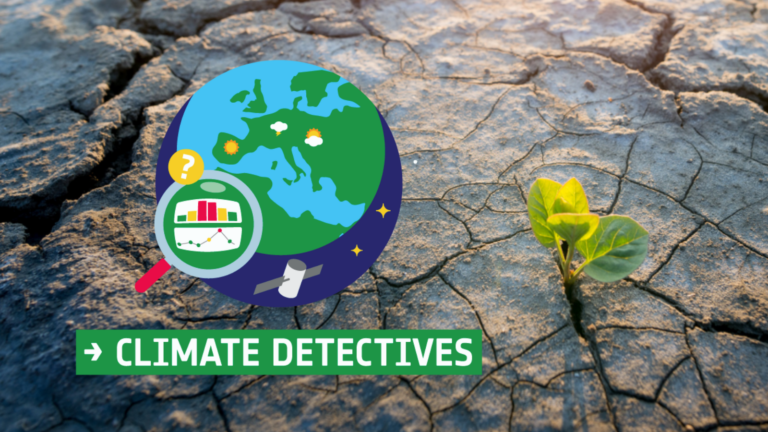
Why take part?
- Raising students’ awareness of the environment and environmental change
- To develop their scientific skills, critical thinking and autonomy
- A motivating, practical and collaborative class project
- To benefit from free support and professional equipment
a 4-stage project
Together with your students, you :
The most innovative ideas are rewarded and showcased!
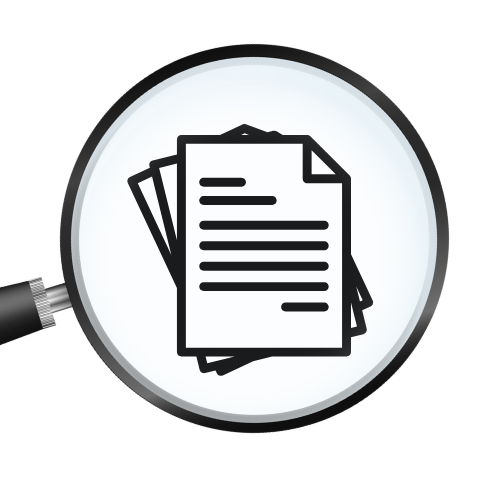
1. Choose a local environmental issue

2. Collect data in the field or via satellite observation
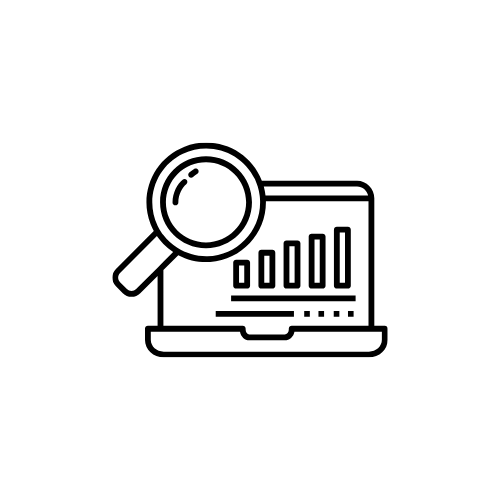
3. Analyze the results
4. Suggest concrete solutions to improve the situation
Activity 1: Temperature trends in your community
objective
Measure temperature changes around the school and understand their link with environmental change. Students compare temperatures on the ground, under a tree and historical data from Meteolux (since 1941) and at European level (since 1850).
we provide you with
- 1 to 2 weather stations per school
- Teaching aids
- Comparative data
- Satellite images of the region
- Personalized support


Planning
| Timetable | Steps |
| April |
Purpose: to document the learning of the class. Ability to add and remove questions and set your own priorities. Introducing the common research question: Can our measurements confirm that the average temperature in our school has risen since 1850? Possible partial question: how much cooler is it under a tree at the same time? |
| April-May/June |
Data will be recorded and compared with historical data 1. since 1941 by Meteolux and 2. since 1850 at the European level. |
| June/July |
Prepare results & develop solutions: Ideas on the theme of environmental change will be developed. Classes will brainstorm concrete ideas or planting plans to draw attention to and address the issue of environmental change. |
| Optional |
|
Activity 2: The evolution of precipitation in your community
Objective
Measure weekly rainfall amounts and compare results with data from the last 20 years.
Students will also discover :
- How the drinking water supply works
- The cost of water
- The consequences of heavy rain or drought
we provide you with
- 1 rain gauge per school
- Data from Meteolux
- Satellite images
- Teaching aids
- A workshop with IFEN (optional)
| Timetable | Steps |
| April |
|
| May – July |
|
| July |
|
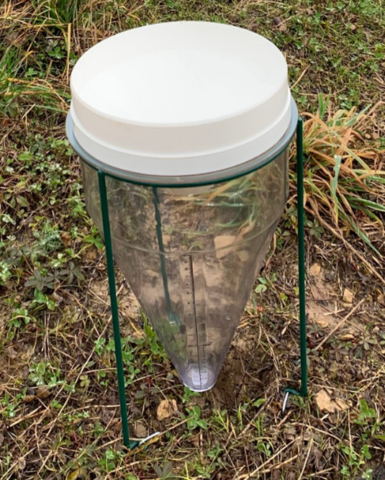
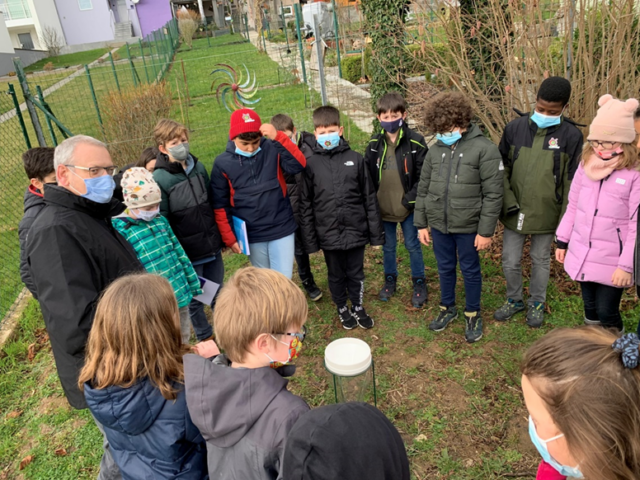
Ready to turn your students into climate heroes? Register now with your class!
For further information: https://climatedetectives.esa.int/kids/
Registration opens: Monday, September 15, 2025
Educational resources and tutorials
- Learning resources for elementary school
- ESA Environmental Change Initiative educational resource packs
ON THE TRACKS of the climate detectives